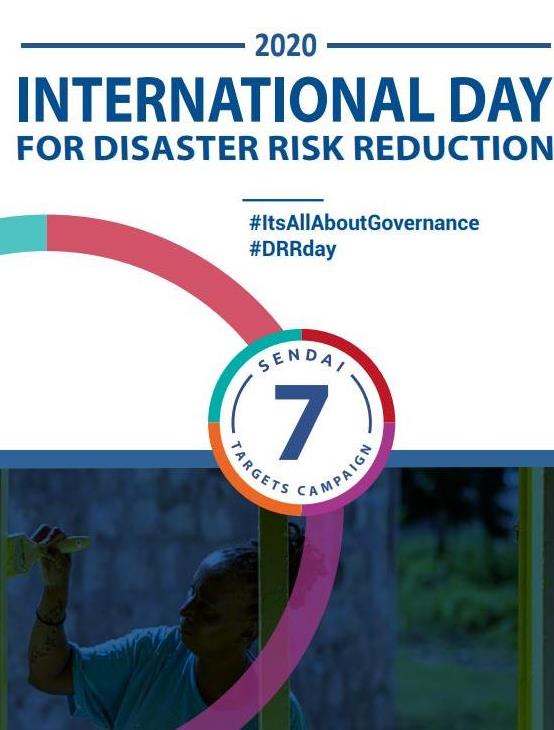
Webinar on Climate & Disaster Risk Management in Nepal: Building Coherent and Compatible Governance

Climate and Development Dialogue (C&D dialogue) a loose network of 11 civil society organizations, is facilitating dialogue and exchange of knowledge and learning on the interrelation between climate change, development, and gender equality. It is also working to bridge a knowledge gap on these areas between the national and sub-national levels and generate collective actions for policy interventions. The dialogue has been organizing a webinar series entitled ‘Climate Change and COVID-19’.
A webinar on ‘Climate and Disaster Risk Management in Nepal: Building Coherent and Compatible Governance’ was organized on 19th October 2020. The webinar was organized to mark the International Day for Disaster Risk Reduction (IDDRR), celebrated on October 13 annually. The theme of IDDRR 2020 was ‘it’s all about governance’. The webinar brought together major stakeholders working in climate change and disaster risk reduction (DRR) to discuss issues concerning synergy and coherence in managing climate change and DRR in Nepal also in light of the insight provided by some experts in their presentations.
Presentation 1: Disaster Risk Reduction and Climate Change Adaptation (CCA)-Mr. Ajaya Dixit, Advisor, ISET Nepal
Presentation 2: Community based Disaster risk reduction and management: Learning from community-centric early warning system in Nepal- Dharam Raj Uprety Ph.D.,Thematic Lead- Climate and Resilience, Practical Action
Presentation 3: Climate Crisis and Climate Change Governance in Nepal-Mr. Raju Sapkota, Under Secretary, Ministry of Forest and Environment
Presentation 4: Climate and Disaster Risk Management in Nepal: Building Coherent and Compatible-Mr. Anil Pokhrel, Chief Executive Officer (CEO), National Disaster Risk Reduction and Management Authority
Synthesis of Discussion:
- Climate change and disasters are common problems with significant overlaps and severe implications for humankind. A recent UN report states that more than 90 % of disasters recorded between 2000 and 2019 are of hydrological, meteorological, and climatological nature hence triggered by climate change. The frequency and impacts of these types of disasters have increased in the last two decades compared to the previous two decades (1980- 1999).
- Despite commonalities, these two sectors are less coordinated and harmonized both policy-wise and programmatically resulting in overlaps and duplication. For example, Local Adaptation Plan of Action (LAPA) and Local Disaster Climate Resilient Plan (LDCRP) both aim to build community resilience to climatic and disaster risks.
- National policies and plans on climate change and DRR have attempted to address the commonalities and identify the areas to build synergy but in the absence of proper interaction and coordination among key institutions the policies and plans are not yet translated into concrete actions.
- National Disaster Risk Reduction Management Authority’s (NDRRMA) must expand its role and take lead on developing a coherent and compatible disaster and climate governance system in Nepal.
- The discussion identified Risk Reduction; Risk Transfer and Loss and Damage as possible entry points to explore and build knowledge on coherent and compatible DRR and climate governance.
- At present, knowledge on the topic is very fluid, DRR and climate change stakeholders need to continue informed discussions and build on the current discourse on coherent and compatible DRR and climate governance.
